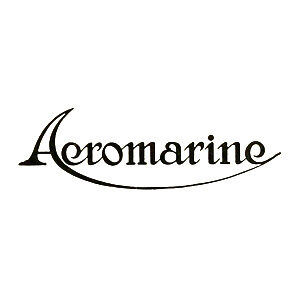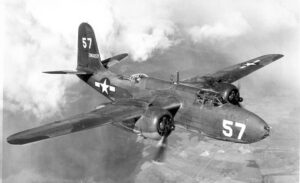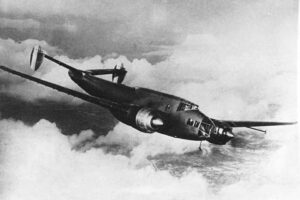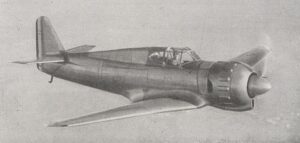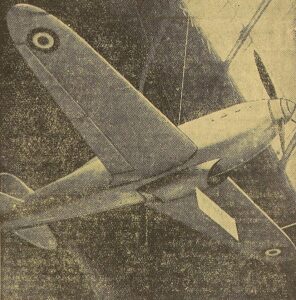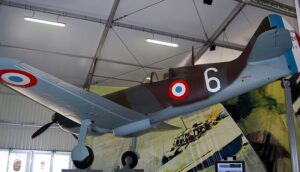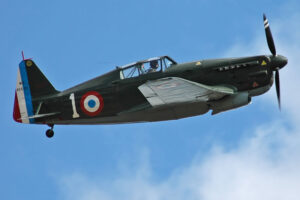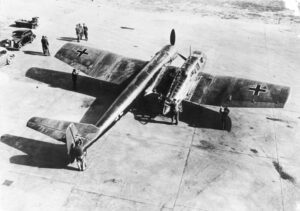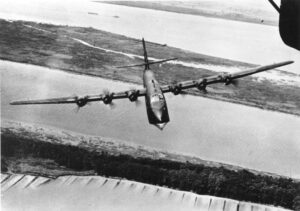Time Period: World War I
Country of Origin: United States, United Kingdom
Type: Biplane
Manufacturer: Aeromarine Plane and Motor Company
Aeromarine 75 Aircraft Overview
The Aeromarine 75 was an American flying boat developed by the Aeromarine Plane and Motor Company in the 1920s. It was a large, biplane flying boat primarily designed for long-range maritime reconnaissance and patrol missions. The Aeromarine 75 had a wooden hull and fabric-covered wings. It featured a crew of four and was powered by multiple engines. The aircraft had a significant wingspan, making it suitable for long-endurance flights over water.
This flying boat embodied the characteristics and design principles of its time.
-
Design and Development:
- The Aeromarine 75 was conceived as a large, biplane flying boat, showcasing the prevailing design trends of the era. Its development took place in the 1920s, a period marked by innovation and experimentation in aviation technology.
-
Purpose and Role:
- Primarily designed for long-range maritime reconnaissance and patrol missions, the Aeromarine 75 played a vital role in enhancing naval aviation capabilities. Its ability to operate over vast expanses of water made it well-suited for extended missions, including surveillance and patrol duties.
-
Construction Materials:
- The flying boat featured a wooden hull, a common construction material for seaplanes and flying boats during this period. Wooden construction offered a good balance of strength and weight, essential for an aircraft designed to take off and land on water.
-
Fabric-Covered Wings:
- The wings of the Aeromarine 75 were covered with fabric, a typical feature in aircraft construction during that time. This design allowed for a combination of structural integrity and aerodynamic efficiency.
-
Powerplant:
- The aircraft was powered by multiple engines, emphasizing the importance of redundancy and reliability in long-endurance missions. The specific engines used would depend on the model and version of the Aeromarine 75.
-
Crew and Capacity:
- With a crew capacity of four, the Aeromarine 75 required skilled personnel to operate effectively during maritime missions. The crew likely included roles such as pilot, co-pilot, navigator, and possibly a radio operator or observer, depending on the mission requirements.
-
Wingspan and Long-Endurance:
- Notable for its significant wingspan, the Aeromarine 75 was designed for long-endurance flights over water. A larger wingspan enhances lift, allowing the aircraft to stay aloft for extended periods, crucial for maritime reconnaissance and patrol missions.
Aeromarine 75 Specifications
- Crew: 4
- Capacity: 5,224 lb (2,370 kg) useful load
- Length: 49 ft 4 in (15.04 m)
- Upper wingspan: 103 ft 9.25 in (31.63 m)
- Lower wingspan: 74 ft 4 in (22.66 m)
- Height: 18 ft 9.25 in (5.72 m)
- Wing area: 1,394 sq ft (129.5 m2)
- Empty weight: 8,720 lb (3,955 kg)
- Gross weight: 14,334 lb (6,502 kg)
- Powerplant: 2 × Liberty L-12A V-12 water-cooled piston engines, 400 hp (300 kW) each
- Propellers: 2-bladed fixed-pitch propellers.
Aeromarine 75 Performance
- Maximum speed: 90 mph (140 km/h, 78 kn)
- Cruise speed: 74 mph (119 km/h, 64 kn)
- Stall speed: 57 mph (92 km/h, 50 kn)
- Range: 830 mi (1,340 km, 720 nmi)
- Rate of climb: 260 ft/min (1.3 m/s)
- Time to altitude: 2,600 ft (792 m) in 10 minutes
- Wing loading: 9.5 lb/sq ft (46 kg/m2)


